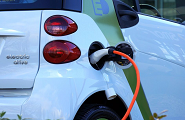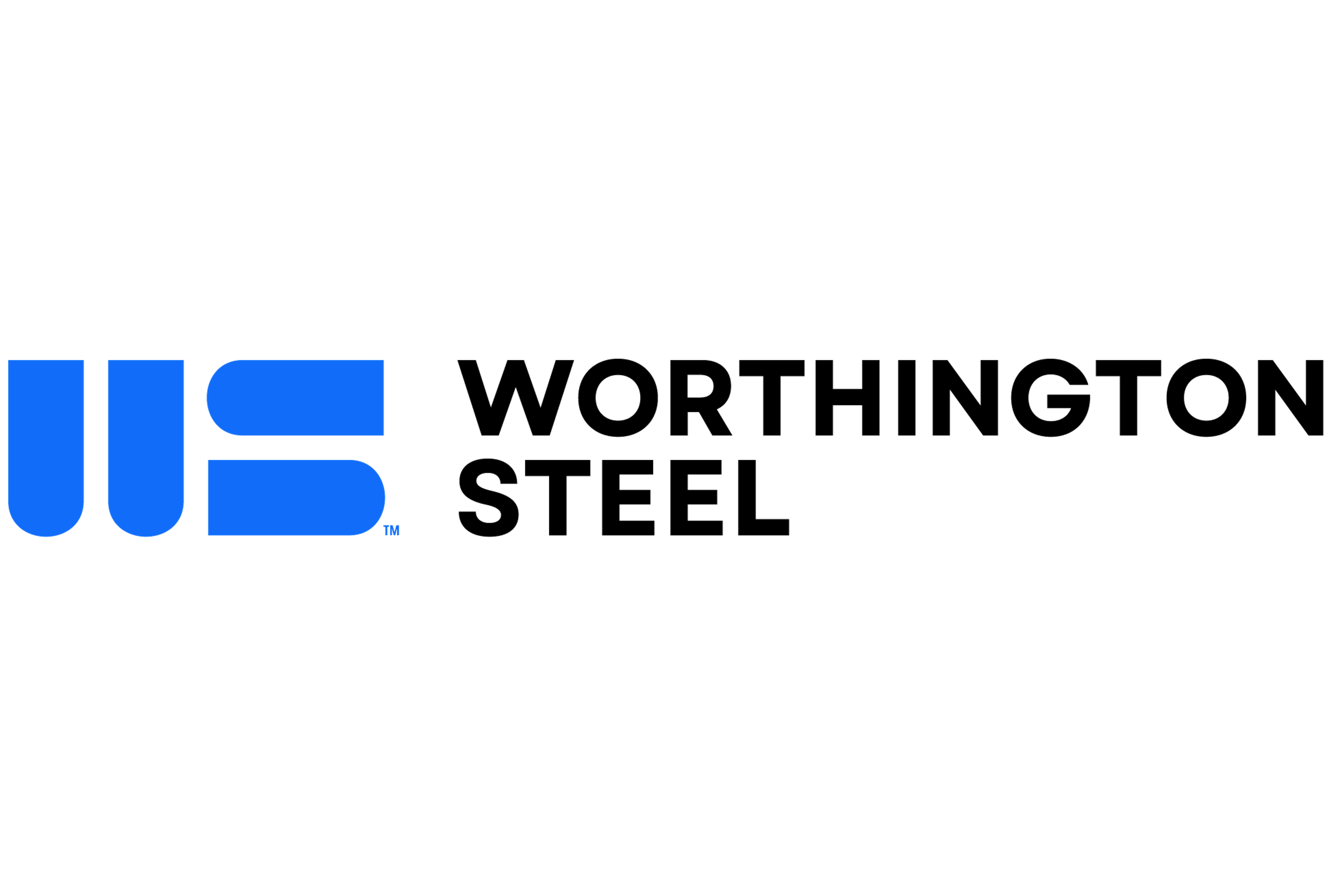Manufacturers/End Users

June 2, 2024
Leibowitz: EVs and the US-China Supply Chain Riddle
As the US slides further into protectionism as the solution for our trade problems, a solution that will put us in a position to succeed in the growing economic battle with China is yet to be discovered.
The tariffs on China, which President Biden doubled down on, are not working—at least if the goal to out-compete China and other growing economies.
China is not our only problem. But it is our No. 1 challenge right now, in geopolitics, potential hostilities, and economics. EVs are a sign of this challenge.
Tariffs are not the only tool
Electric vehicle (EV) development is an important example of this struggle. Indications are that China has a big lead in this market. That affects all the products and technology that go into EVs, including steel, electronics, critical minerals, and energy generation.
BYD, the largest EV producer in the world, markets models (but not in the US) listing under $10,000. In the US, the average EV price exceeds $35,000. Ford makes all-electric trucks that sell for more than $50,000. But Ford loses $100,000 or more on every one of them.
The Biden administration just proposed to tax EVs from China at 100%. Economists consider 100% tariffs as the equivalent of an embargo. Currently, because of the tariffs in place, Chinese-origin EVs are not marketed in the US. But they are selling briskly in other markets. The increased tariffs will not reduce EV imports into the US, because they are already near zero. Steep tariffs are not likely to make US EV makers globally competitive, because there is more to the problem than competition.
The EV supply chain is in a similar pickle. The current propulsion system for EVs is lithium-ion batteries. China has largely captured control of the lithium-ion battery supply chain. Lithium is mined in ten or so countries. Australia is number one, Chile number two, and China number three. The US produces 1% of raw lithium.
Where China has taken over is not in mining of lithium but the refining of the metal. China owns or controls about two-thirds of global lithium refining and an equivalent share in the manufacture of batteries. Any industry that hopes to sell EVs at this point must buy refined lithium—and lithium-ion batteries—from Chinese or Chinese-owned refiners and producers.
The US is a leader in favoring EVs over internal combustion vehicles as a matter of government policy. As the market grows for EVs, China’s industry stands to benefit tremendously. Every EV made in the US will have a lot of Chinese content until we can figure out a way to out-compete China in battery production.
Another tool: Mine, baby, mine!
New tariffs on EVs will not address this problem. The US has plenty of lithium reserves. But getting permits to open new mines is as hard here as anywhere, and maybe harder. And, even if more lithium were mined in the US, the refining capacity and battery-manufacturing capacity lags behind. All three segments (mining, refining, and batter manufacturing) are necessary to create reliable supply chains. Tariffs on EVs and subsidies (such as the $7,500 tax credit on EVs) do not address that problem.
The question in this as in so many other areas is: What to do about China? The country has managed, over the last 15 years or so, to become an indispensable part of global supply of minerals—not only of lithium but also of nickel (for stainless steel), cobalt, graphite, and other minerals. China leads the way in developing new battery materials using cobalt and manganese, and it is a major player in those markets too.
I believe we have the tools to meet this challenge. It is important to recognize that meeting it does not mean defeating and humiliating China. The West’s treatment of Germany after 1918 should be a lesson there.
Work together with our allies
Meeting the challenge now requires that we in the US and in throughout the “Western” world (I include India, Japan, and Taiwan in that definition) recognize our strengths and employ those better. It seems that our discussion of China unduly lionizes their strengths and puts too little trust in ours.
The current administration, for example, talks about “worker-centric” trade policies. But it seems to believe that advancing the interest of workers necessarily means hurting companies and management. It does not have to do that. Cooperation between workers and management may achieve better results than incessant conflicts.
The emphasis on tariffs as a tool of economic competition is also, IMHO, misplaced. Tariffs don’t weaken America’s adversaries, at least not as much as we want to believe. If trade restrictions have a useful place, it is not because they raise prices for imports (and, in addition, for domestic production too). Protection can provide a space for domestic companies to improve and thereby meet competition where it matters—in the marketplace.
If tariffs are employed, they should be conditioned by requiring the protected industries to improve their competitiveness. The U.S. Steel/Nippon transaction is an example of the potential for companies and industries to improve. While government subsidies may be part of the solution, they are not the only way to go.
We also must recognize that our strategic partners can help as well. US allies are, along with us, helping Ukraine by permitting the use of weapons to attack Russian targets. That support is important to blunting the current Russian offensive in Ukraine. And the EU is working with the US to address the challenge of China’s surging exports of EVs.
Transitioning our transportation sector away from internal combustion engines and fossil fuels requires us and our friends to catch up in mining, refining, manufacturing of batteries, and EV production. While the Biden administration professes to understands this, protective tariffs alone will not close the gap.
Editor’s note: This is an opinion column. The views in this article are those of an experienced trade attorney on issues of relevance to the current steel market. They do not necessarily reflect those of SMU. We welcome you to share your thoughts as well at info@steelmarketupdate.com.






